Soto WindMaster 4-Flex Stove review: brilliant bonsai-sized camping cooker
A super small, ultra lightweight, highly efficient camping stove for backpacking and other multiday outdoor adventures

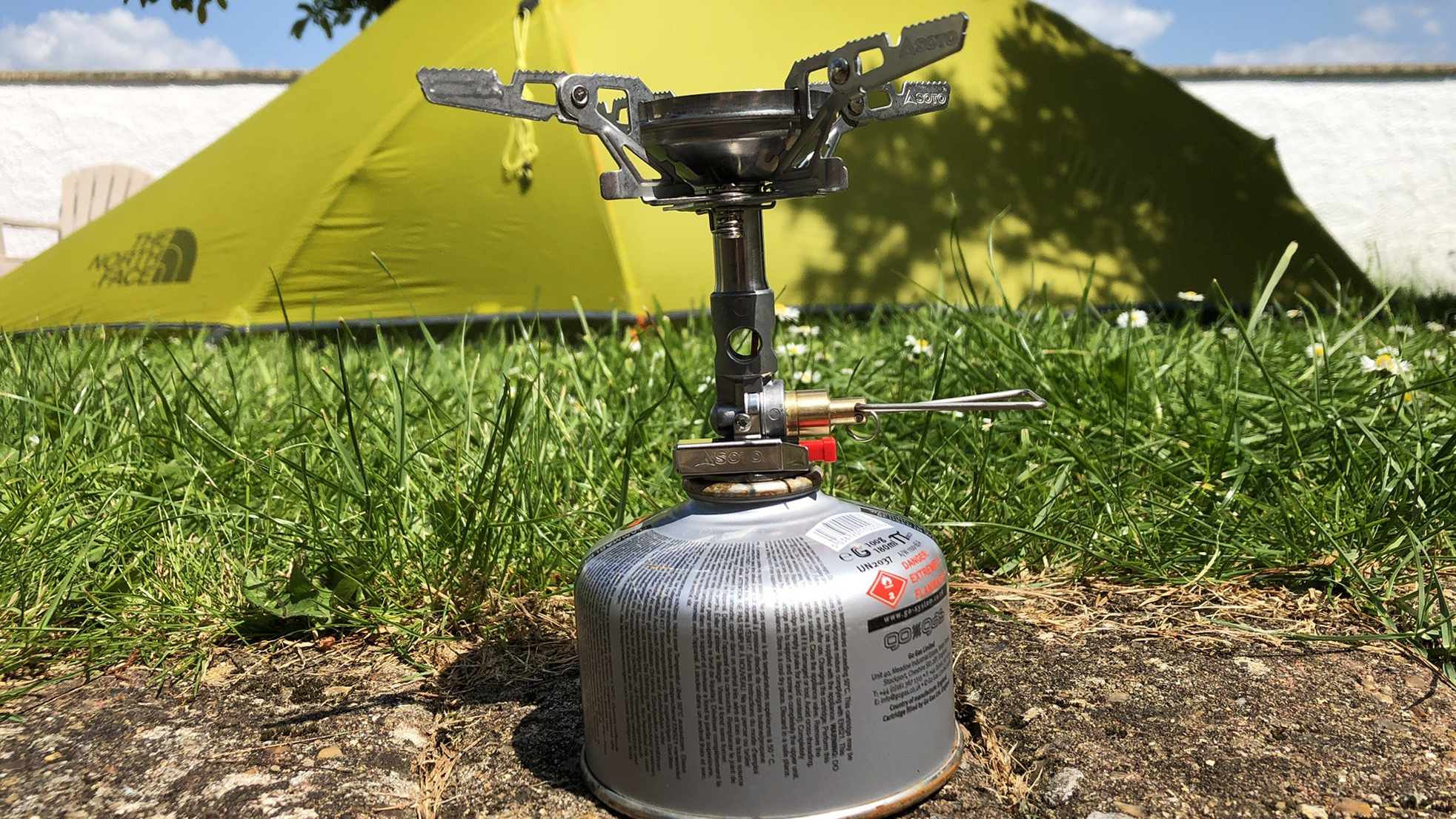
Incredibly small and easy to pack and carry, the Soto WindMaster is one of the best camping stoves we tried. Whether you’re looking to boil water quickly to make a fast meal and a cup of tea in wet and windy weather, or on the side of a mountain, the Soto WindMaster will do the job quietly and efficiently.
-
+
Very light and small
-
+
Works well even in windy conditions
-
+
Quick boil time
-
+
Good simmer control
-
+
Runs off widely available screwtop butane-propane cartridges
-
+
Piezo ignition
-
+
Quiet operation
-
-
No integrated pot
-
-
Must be used on a flat surface
-
-
While the 4flex pot support is included, the TriFlex must now be bought separately
Why you can trust T3

A masterpiece in clean, classy and super-functional design, the WindMaster camping stove from Japanese brand Soto seems deceptively tiny and straightforward, yet it packs a massive performance punch for outdoor cooking. For weight-conscious hikers, bikers, trekkers, fastpackers, mountaineers, climbers and anyone else who needs a little camp-cooking device that’s easy to pack and carry, this brilliant bonsai-sized stove is crying out to be your new best friend.
Available for a very reasonable price, it works well regardless of how horrible the weather gets – defying wind and cold temperatures to boil water rapidly for tea and using it to revive dehydrated backpacker-style meals. But the 4flex pot support (included) supplies a stable base for various pans, and the heat output is also adjustable and sensitive enough to be used for simmering and frying far more sophisticated in-camp culinary creations.
So – plot spoiler alert – we at T3 rate this as one of the very best camping stoves available at the moment, but to see just how good it is, I have been trail-testing the WindMaster and using it to whip up some al fresco feasts. Read on for my full review.
Soto WindMaster 4-Flex Stove review: Specifications
- Recommended price: $69.95 (US) / £64.99 (UK) / $124.99 (AU)
- Fuel source: Butane-propane cartridges
- Output: 2800 kcal/h 3260w 11000 BTU
- Duration: 1.5 hours with a 250g (8oz) canister
- Weight (with 4Flex pot support): 87g / 3oz
- Dimensions (with 4Flex, stowed): 47 x 77 x 44mm / 1.9 x 3 x 1.7in
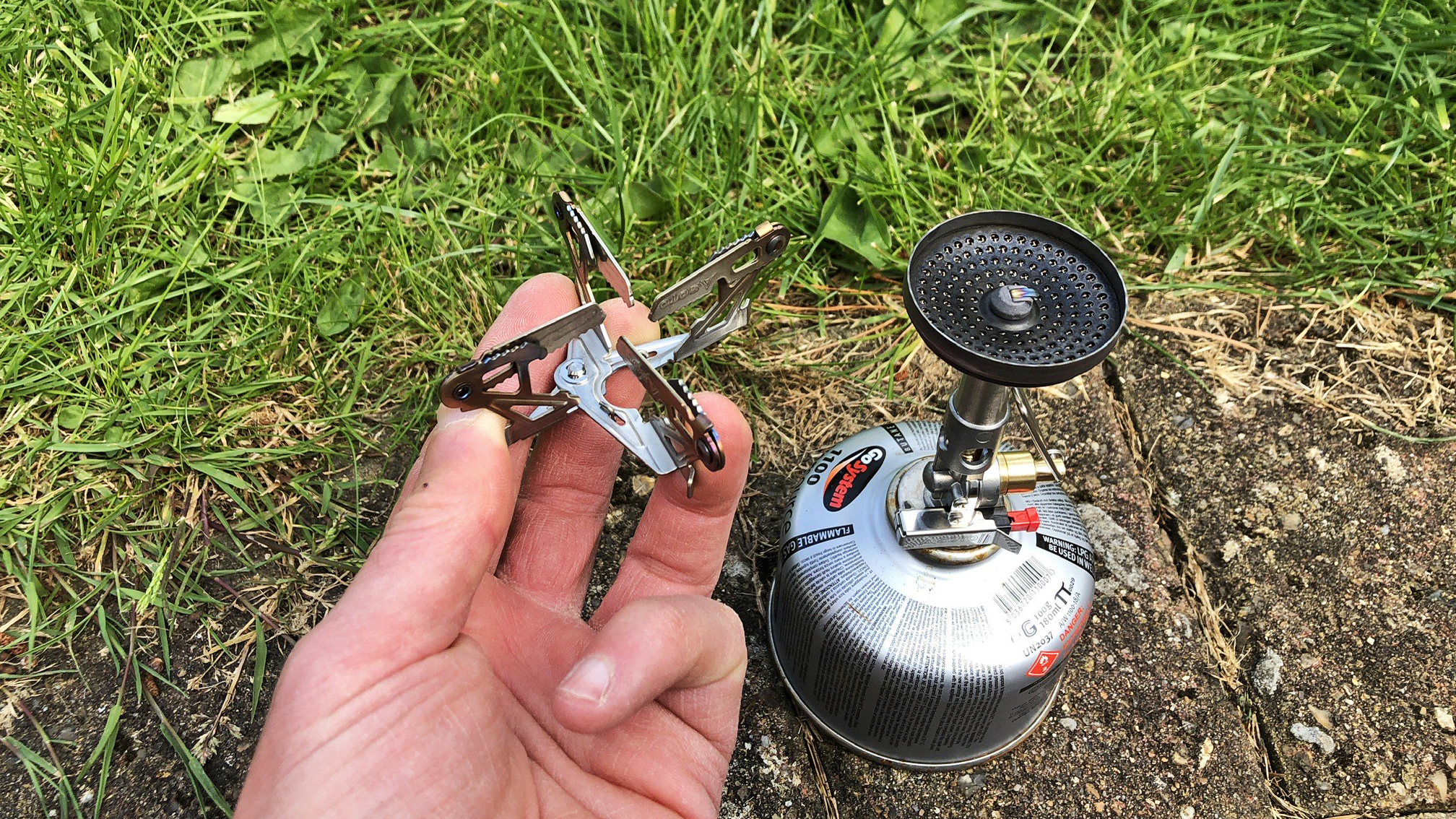
Soto WindMaster 4-Flex Stove review: Design and features
Belying its simplistic look, there’s a lot going on in the body of the WindMaster stove unit. The threaded valve on the base attaches it to screwtop canisters containing butane-propane – which are very widely available from outdoor stores, campsite shops and many supermarkets. A flipdown lever (the ‘flame control knob’) is then turned anticlockwise to release the gas, and the stove is sparked up by a Piezo ignition.
Thanks to a micro regulator, the WindMaster can maintain a consistent output no matter how windy or cold it is, and it’s easy to turn the heat up or down while you’re cooking, using the flame control knob.
There is no integrated pot with this stove unit, so you will need to source separate cooking pans, but the flame is positioned very close to whatever container you use, so the transfer of heat is direct and the concave design of the burner head acts as a windshield, maximising efficiency and minimising wastage.
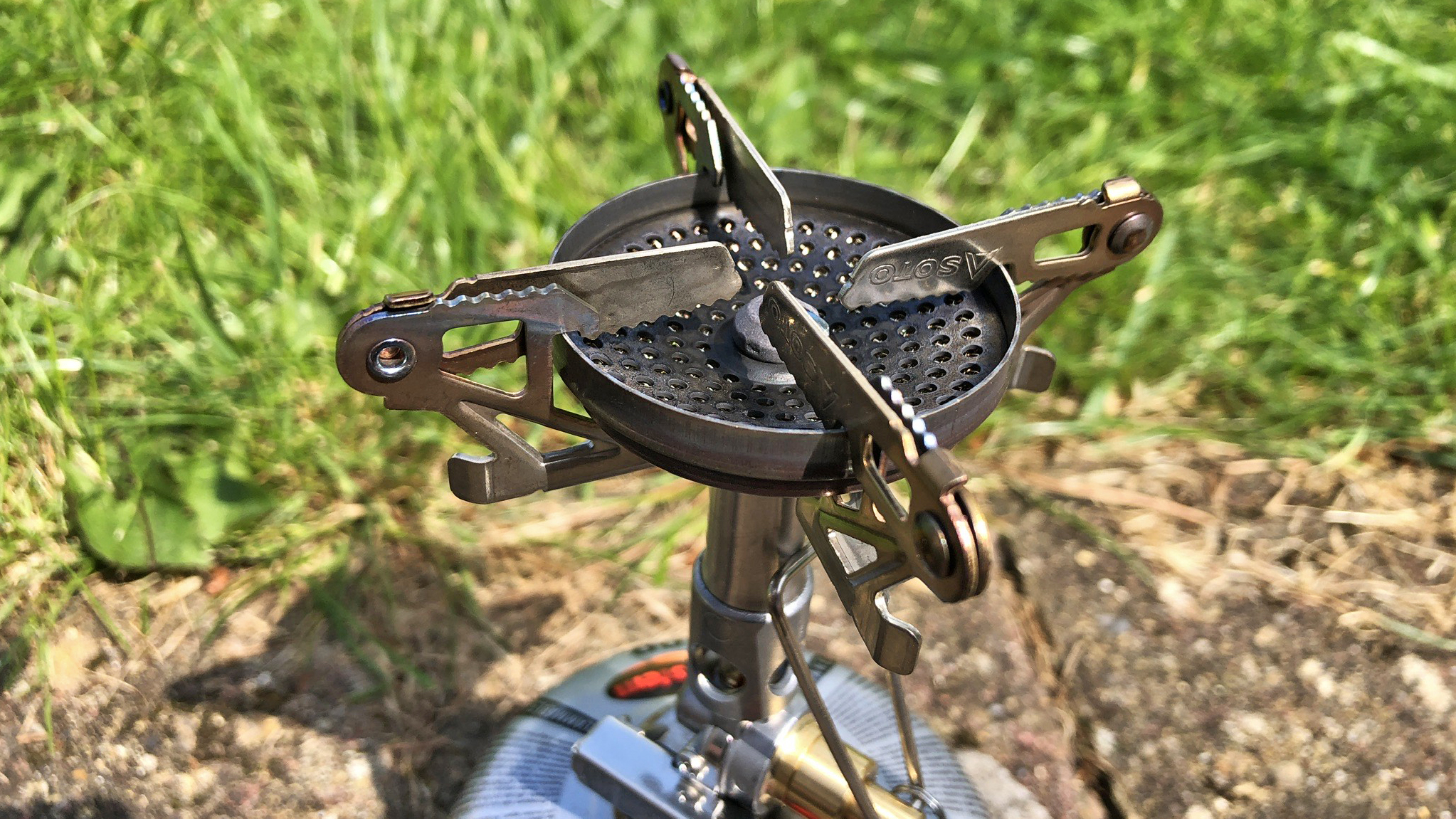
The WindMaster comes with a nifty 4flex pot support attachment, which clips around the top of the stove unit and provides a stable base for your pan, kettle or billy. If saving extra grams is important, you can also buy a TriFlex pot support to use in place of the 4flex, which reduces the overall weight of the unit to 67g (2.3oz). (The TriFlex pot support used to be included in the package, but sadly you now need to purchase it separately.)
Although Soto does supply a weight for just the burner unit of 60g (2.12oz) in its online stats, the included instructions make clear that you must use a pot support when cooking on this stove.
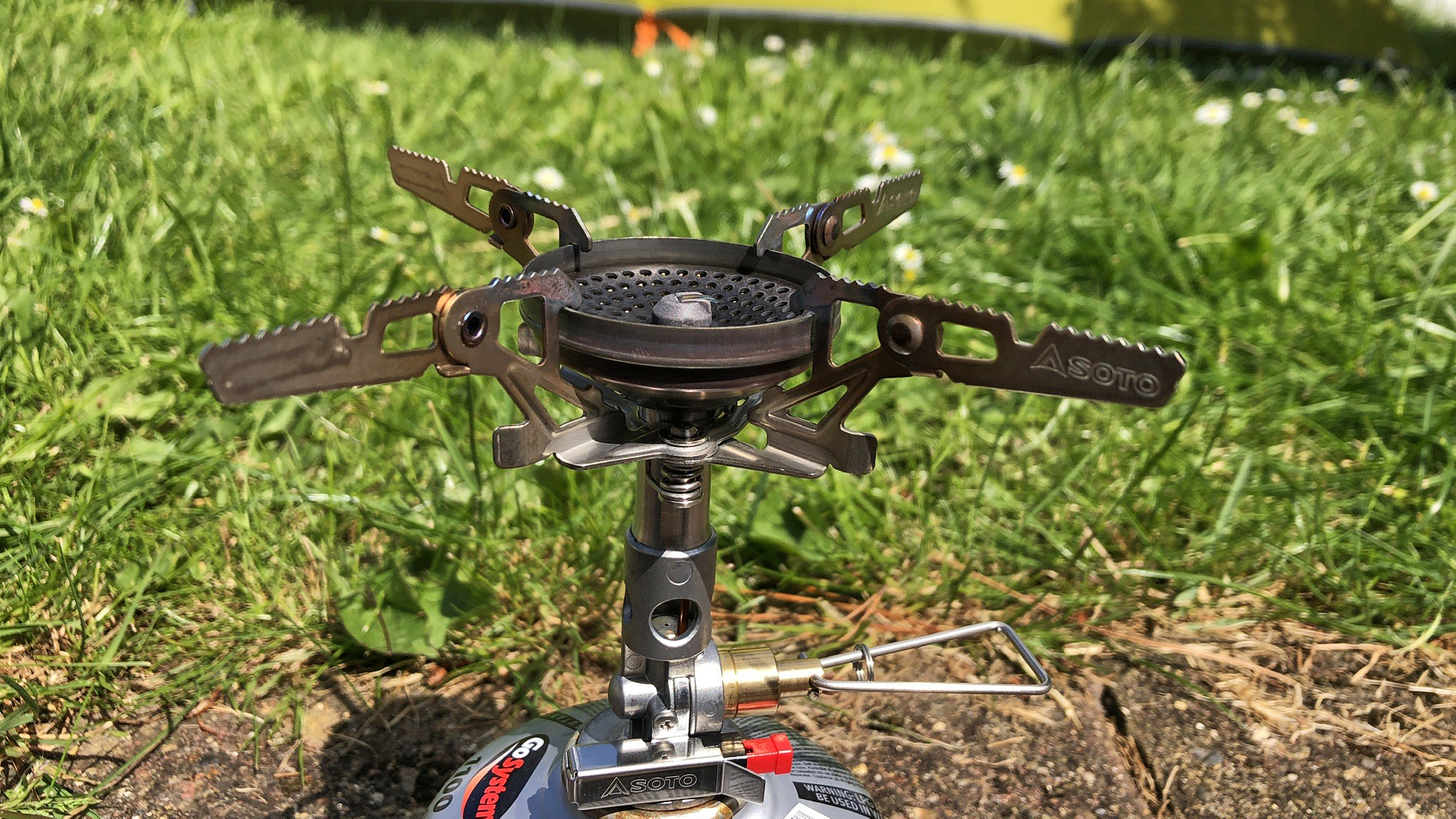
According to Soto, with the 4flex you can use pots of up to 2-litre capacity, containing 1.5 litres of liquid, but if you opt for the TriFlex you should reduce the pot size to 800ml. Also, be aware that smaller (and close-to-empty) gas canisters will struggle to support the maximum weight without becoming tippy, and with the WindMaster stove you don’t get any little stability legs to attach to the bottom of the canisters (which are supplied with Jetboils – so if you have both models, you can borrow them for use with your Soto stove).
The WindMaster comes in a little soft-material carry pouch, which has a pullcord top and can accommodate the stove and whatever pot support you opt to take with you. This is useful for keeping the burner and pot support together, and also means you can stash the stove inside a cooking pot without worrying about scratching the surface of the pan.
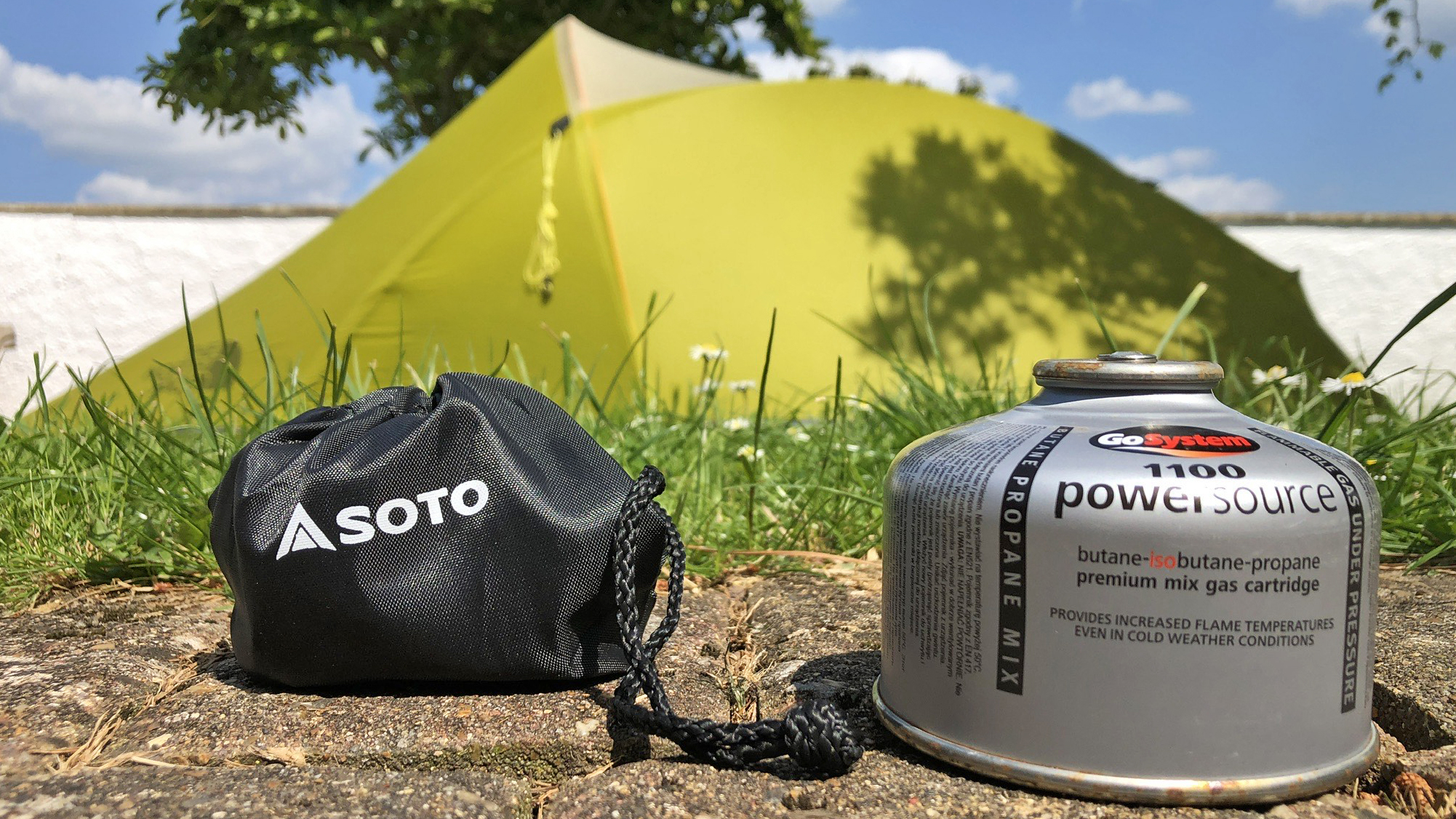
Soto WindMaster 4-Flex Stove review: performance
I have been using the Soto WindMaster over several months in a range of outdoor scenarios, and I have found it ideal for everything from making a quick brew while enjoying picnics and day walks through to cooking full meals during backpacking, bikepacking and fastpacking escapades.
Ultra-light and very small, it’s ridiculously simple to stash in an easily accessible pocket of a hiking backpack, in the main compartment of a smaller daypack, or in a frame bag when you’re bikepacking.
There are numerous figures out there for how fast this stove can heat water, but on the test, I found it brought 1 pint (just over 600ml) of cold water to full bubbling boiling point in almost exactly 3 minutes. This isn’t quite as fast as my Jetboil Flash, which starts turning H2O into steam after 2 minutes, but – and it’s a big BUT – the WindMaster is capable of a whole lot more than Jetboils (which are ace for boiling water extremely quickly, but have limited functionality beyond this).
The WindMaster, by contrast, can be used with a range of pots and pans and has a nice, easy-to-use flame-control knob, so you can reduce the output when simmering or frying food. I have been really impressed with the versatility of this stove.
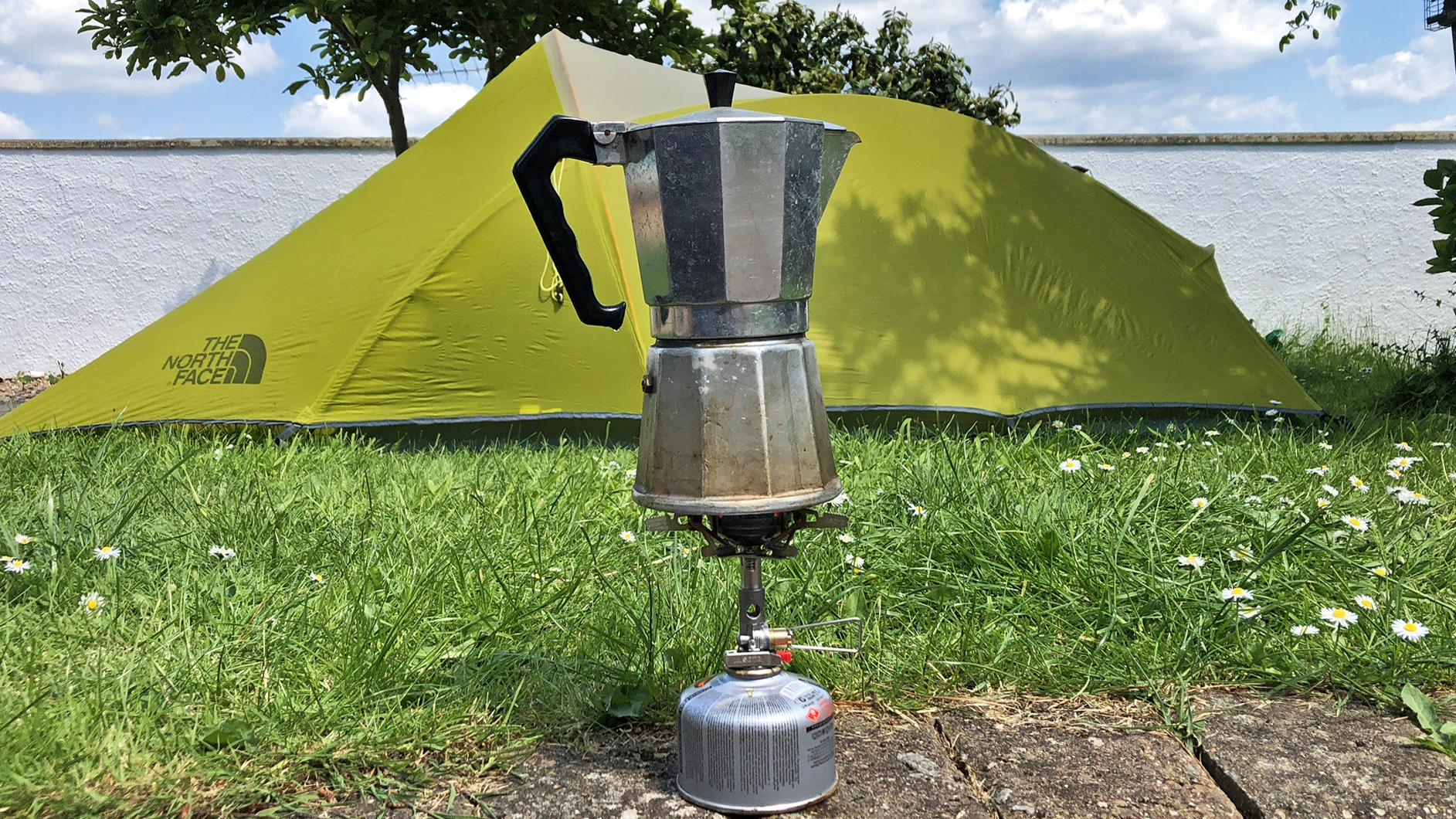
The downside to this is that it doesn’t come with its own cooking pot, but there are plenty of great camping cookware sets on the market, and the WindMaster is around half the price of a Jetboil. Being so compact and boasting its own soft storage pouch, I found the stove easily fitted inside a cooking pot (along with several other items) when I was packing.
The 4flex pot supporter that comes with the WindMaster is nice and easy to attach and detach and does its job brilliantly. You can use it fully extended or with the arms half folded (but I always fully unfolded them, and I’m not sure why you wouldn’t).
Unlike the Jetboils, you don’t get an extra set of legs to attach to the bottom of the gas canister for added stability, and the WindMaster can’t be suspended, so you are reliant on finding a flat surface to stand the stove up on, but that isn’t usually a problem.
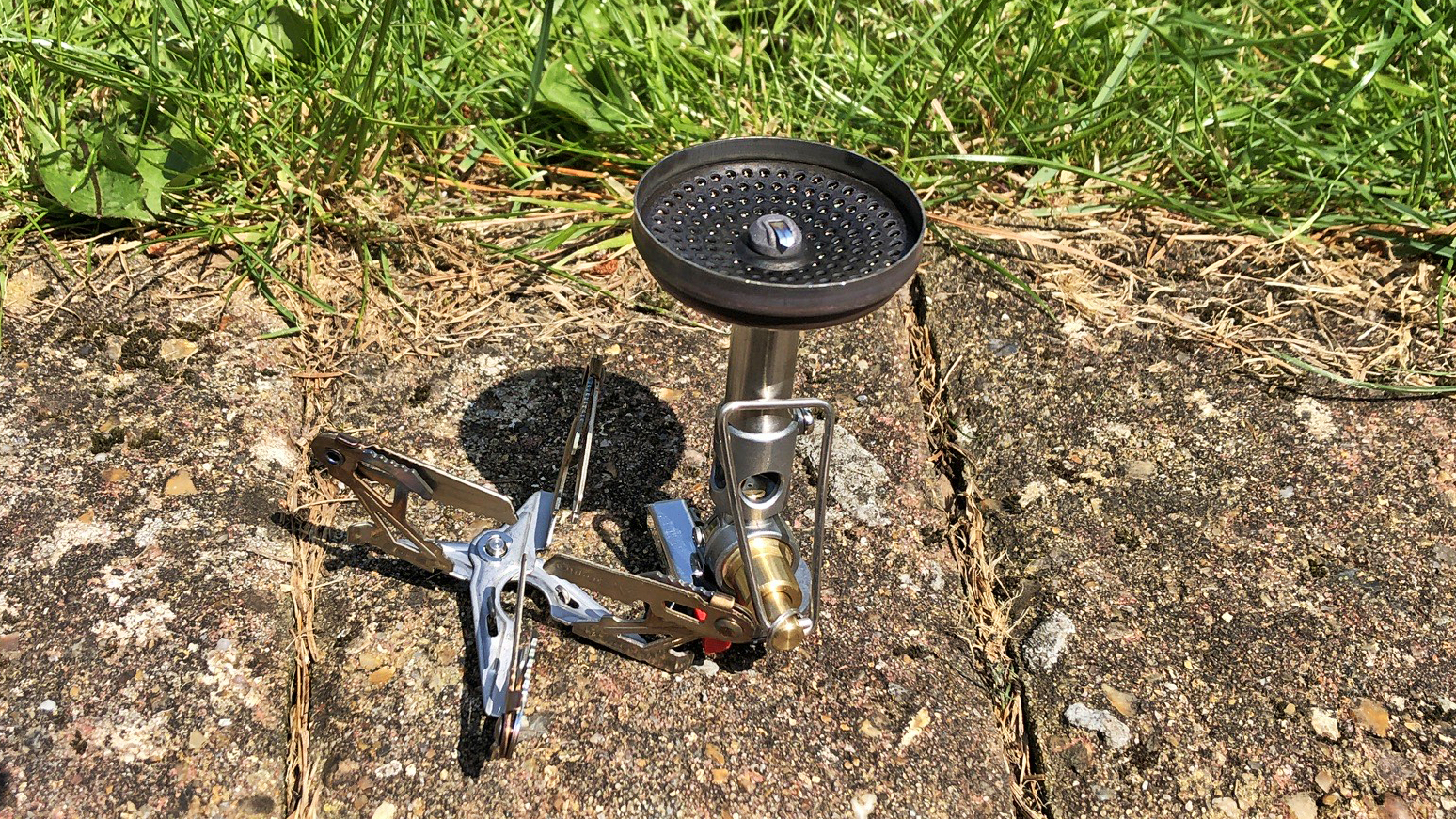
Soto WindMaster 4-Flex Stove review: verdict
Extremely lightweight and small enough to be popped inside a camping mug, the Soto WindMaster is a quick and efficient blaster for boiling water in even the most challenging weather conditions, but it can also be used to rustle up far fancier feasts when you are out exploring.
Weight-watching backpackers, bikepackers, fastpackers and climbers will all absolutely love this versatile stove, which is so simple to use and offers a huge amount of functionality and stability. Considering its classy design, robust build and wide range of applications, the price tag is also very reasonable.
Soto WindMaster 4-Flex Stove review: also consider
I think the WindMaster is very reasonably priced, but if you’re operating on a limited budget, then the Campingaz Twister Plus PZ is a good, cheaper alternative, although it doesn’t work anywhere nearly as well in high winds as the Soto stove.
If your priority is simply to boil water super quickly, so you can get stuck into a lightweight dehydrated pre-prepared camping meal, then the JetBoils are perfect.
Check out the roundup of the best camping stoves here.
Sign up to the T3 newsletter for smarter living straight to your inbox
Get all the latest news, reviews, deals and buying guides on gorgeous tech, home and active products from the T3 experts

Author of Caving, Canyoning, Coasteering…, a recently released book about all kinds of outdoor adventures around Britain, Pat Kinsella has been writing about outdoor pursuits and adventure sports for two decades. In pursuit of stories he’s canoed Canada’s Yukon River, climbed Mont Blanc and Kilimanjaro, skied and mountain biked across the Norwegian Alps, run ultras across the roof of Mauritius and through the hills of the Himalayas, and set short-lived speed records for trail-running Australia’s highest peaks and New Zealand’s nine Great Walks. A former editor of several Australian magazines he’s a longtime contributor to publications including Sidetracked, Outdoor, National Geographic Traveller, Trail Running, The Great Outdoors, Outdoor Fitness and Adventure Travel, and a regular writer for Lonely Planet (for whom he compiled, edited and co-wrote the Atlas of Adventure, a guide to outdoor pursuits around the globe). He’s authored guides to exploring the coastline and countryside of Devon and Dorset, and recently wrote a book about pub walks. Follow Pat's adventures on Strava and instagram.
-
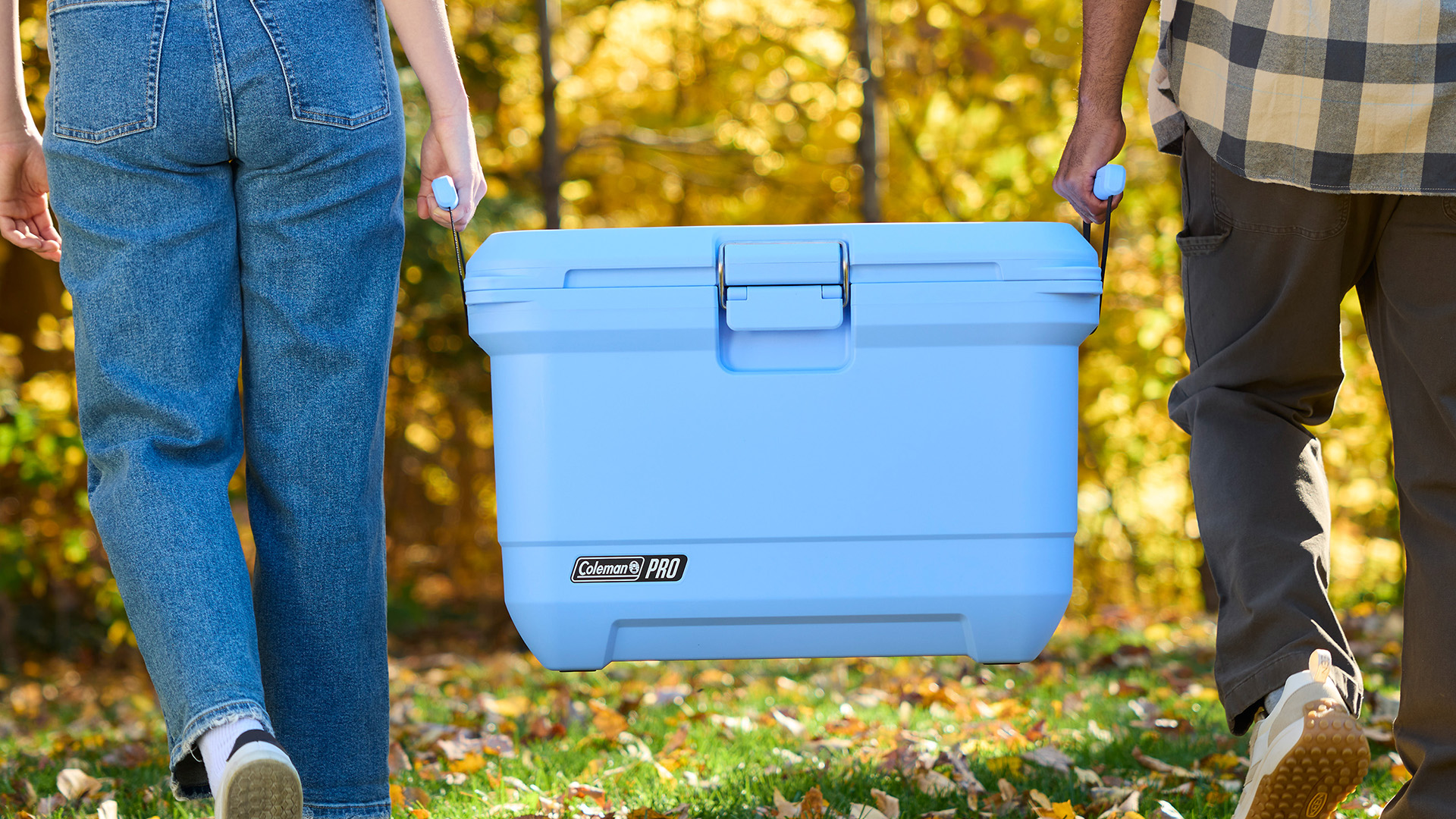 Coleman takes on YETI with lighter, tougher and cheaper Pro Cooler range
Coleman takes on YETI with lighter, tougher and cheaper Pro Cooler rangeMove over, YETI – there’s a new cooler in town, and it's not here to play nice
By Matt Kollat Published
-
 In the future, you might never have to take off your Galaxy Ring to charge it
In the future, you might never have to take off your Galaxy Ring to charge itA newly uncovered patent reveals Samsung is working on a wearable charger for its Galaxy Ring, and it makes a lot of sense
By Matt Kollat Published
-
 Google just added a new Gemini video creation tool I never knew I needed
Google just added a new Gemini video creation tool I never knew I neededGemini Advanced just added Veo 2 video generation
By Mike Lowe Published